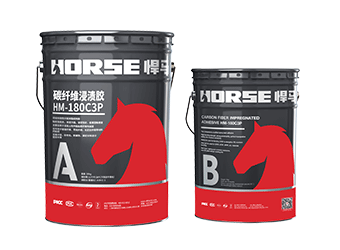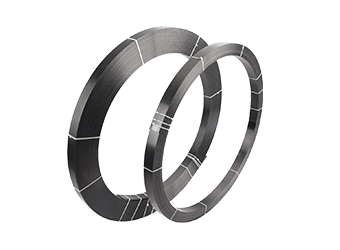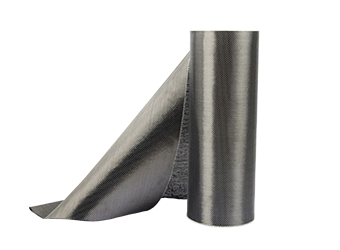Soluções
A Horse Construction oferece uma ampla gama de materiais de reforço estrutural, incluindo suporte técnico, suporte de documentação, suporte de produtos, suporte de software e suporte de projeto.
Why should we choose polyacrylonitrile base for carbon fiber used for load-bearing structure reinforcement?
Aramid fiber application requirements in load-bearing structural engineering?
For the application of aramid fibers in load-bearing structural engineering, para-aramid filament fibers must be selected
Aramid fiber has good toughness, impact resistance and fatigue resistance, so it is often used for structural reinforcement that requires this aspect. In addition, it is also used for hybrid weaving with carbon fiber to reduce the impact of carbon fiber brittleness. The disadvantage of aramid fiber is that it has a large water absorption and poor light aging resistance. To this end, necessary protective measures should be taken.
Application requirements of glass fiber in structural reinforcement engineering?
For the application of glass fibers in structural strengthening projects, high-strength S glass fibers, alkali-resistant AR glass fibers, or E-glass fibers with an alkali content of less than 0.8% (also known as alkali-free glass fibers) must be selected.
As for A glass fiber and C glass fiber, due to their high alkali content (K, Na), low strength, especially in wet environments, the strength decline is more serious, so it should be strictly prohibited to use it in structural reinforcement.
Why is it strictly forbidden to use fiber fabrics produced by prepreg method for reinforcement of load-bearing structures?
The prepreg has a short storage period and requires low-temperature refrigeration, which is difficult to achieve under field construction conditions, which often results in the prepreg being deteriorated and hardened in advance. If it is used reluctantly, it will seriously affect the safety and quality of the structural reinforcement project, so the use of this material is strictly prohibited.
Why should we choose polyacrylonitrile base for carbon fiber used for load-bearing structure reinforcement?
Carbon fiber is divided into three types according to its main raw materials, namely polyacrylonitrile (PAN) -based carbon fiber, pitch (PITCH) -based carbon fiber, and viscose (RAYON) -based carbon fiber.
From the perspective of structural reinforcement performance requirements, only PAN-based carbon fibers best meet the safety and durability requirements of load-bearing structures. Viscose-based carbon fibers have poor performance and quality and cannot be used to strengthen load-bearing structures. Asphalt-based carbon fiber has only medium and high modulus filaments, which can be used for reinforcement applications that require high rigidity materials. However, such applications are rarely encountered in ordinary building structure reinforcement.
Você pode encontrar tudo o que precisa aqui. Confie e experimente esses produtos, você vai perceber uma grande diferença depois.

Boa impregnação, adesivo de fibra de carbono HM-180C3P para aplicação de fibra de carbono em estruturas para reforço estrutural

O laminado de polímero reforçado com fibra de carbono Horse (CFRP) é um laminado composto pré-curado, colado na estrutura como reforço externo com epóxi HM-120CP.

Mantas de fibra de carbono unidirecionais Tecido de fibra de carbono unidirecional Mantas de fibra de carbono unidirecionais de alta resistência pré-saturadas para formar mantas de polímero reforçado com fibra de carbono (CFRP) usadas para reparar e forta